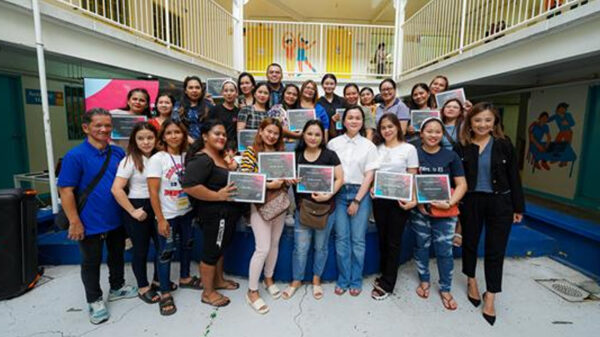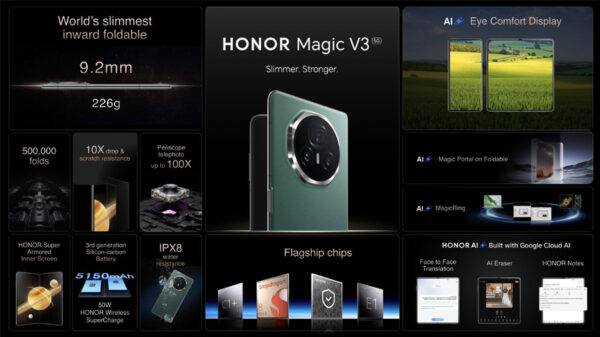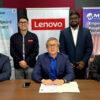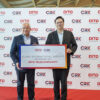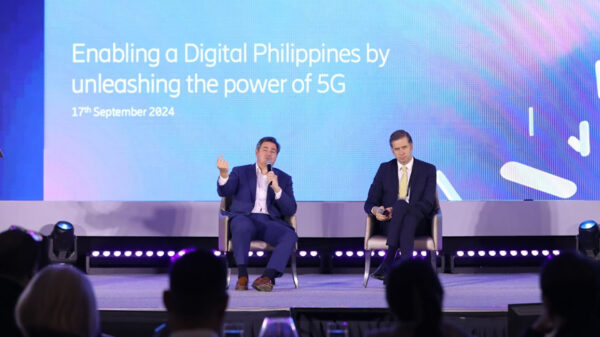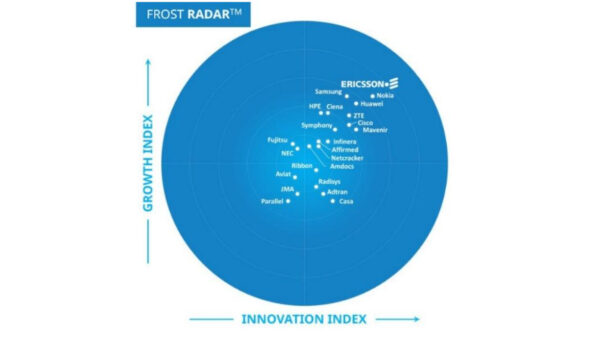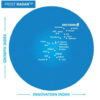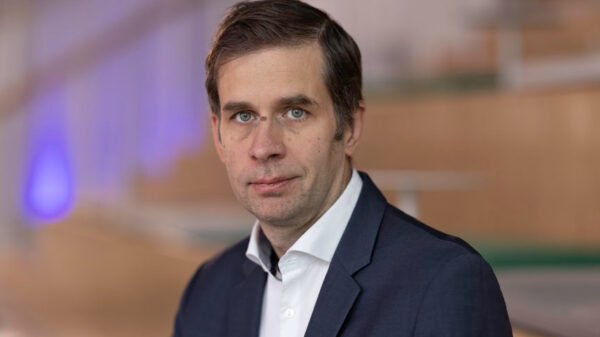The massive amount of video, images, and data consumers create and upload with their mobile devices are putting pressure on cellular networks which are already squeezed for download speeds.
“People are uploading whatever they want, and for every video uploaded to YouTube, a hundred people are watching it,” says Sean Gowran, Ericsson’s Country Manager and President for Philippines and Pacific Islands. “Thus, the upload speed needs to catch up with the download speeds. We need to adjust this scenario.”
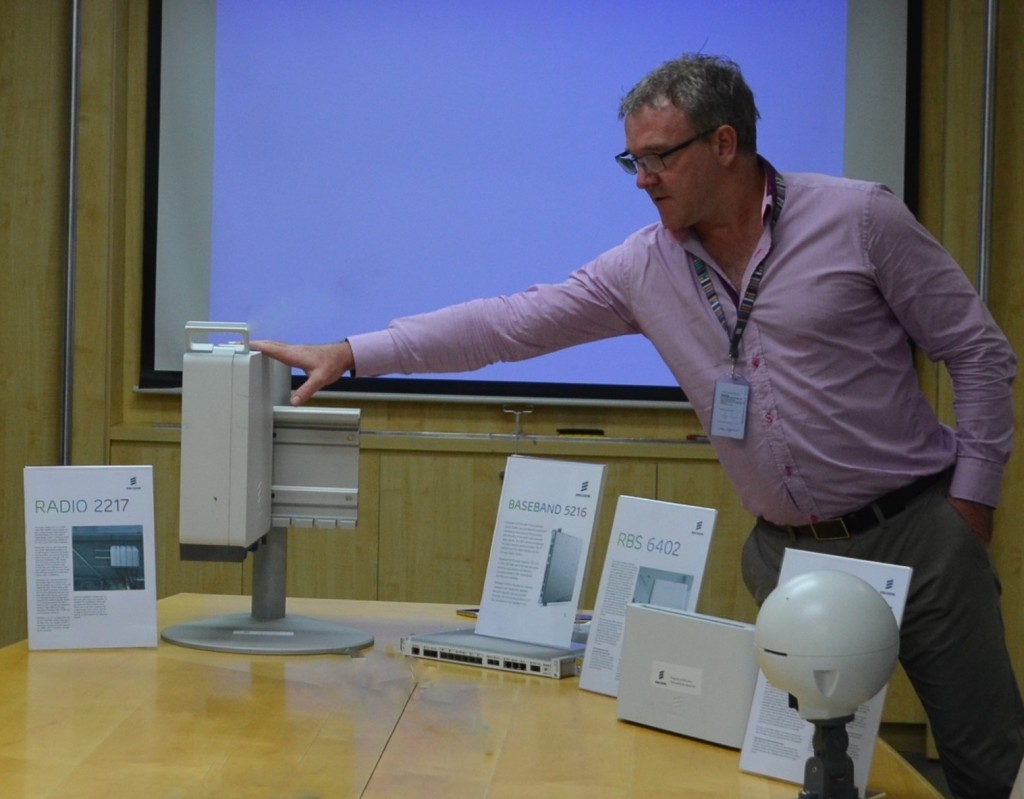
Sean Gowran, Ericsson’s Country Manager and President for Philippines and Pacific Islands, talks about the the company’s newest Radio Systems. Photo courtesy of Dominguez Marketing.
In a briefing with select IT journalists, Gowran noted that the frequencies of technologies such as Long Term Evolution (LTE) and Time Division Duplex (TDD), when added together or aggregated, can balance the uplink and downlink speeds.
“LTE and TDD, are two frequency divisions where you have, let’s say, 20 megahertz/second (mhz/sec) for downlink and 20 mhz/sec for uplink and TDD, you have 20mhz/sec combined (uplink and downlink), then you can split 15mhz for downlink and 5mhz for uplink, or vice versa. By carrier aggregation or adding their different frequencies, we can balance the uplink and the downlink, or the operator can, under its control, balance the uplink and the downlink as they desire, depending on traffic needs.”
Radio System Solutions
In connection with mobile users’ speed and connectivity requirements, Ericsson unveiled its newest Radio System, a modular approach to building and expanding mobile networks on the road to 5G with multi-standard, multi-band and multi-layer technology. It consists of a range of products including macro and small cells, antenna systems, IP transport, microwave nodes, rails and other site equipment.
The Ericsson Radio System provides network operators energy-efficient radios and baseband that delivers three times the capacity density they need to support the growing mobile data traffic. By 2020 when 5G is expected to be commercialized, the global mobile data traffic is estimated to reach 25 exabytes in a month as a result of increasing smartphone adoption, and Internet of Things applications.
The system eliminates site acquisition issues with innovative rail system that adapts to any site, with zero floor footprint and easy one-bolt installation. It supports Network Software 15B to leverage the software-only baseband upgrade for TDD-FDD carrier aggregation.
The system delivers the needed flexibility and agility for operators so they can be able to evolve each mobile network site to meet their local requirements today and in the future. It improves operator responsiveness and reduces total cost of ownership by 20% and operating expenses.
The Radio System products that are available in the Philippines include the Macro Radio 2217 or the 2T/2R radio with 2x40W output power; and the Multi-Standard RBS 6402 which is the first indoor picocell to deliver 300 Mbps LTE speeds with carrier aggregation that doubles the capacity in a tablet-sized footprint.
Also available is the Radio Dot System or a solution that eliminates all barriers to indoor mobile coverage and capacity, effectively connecting indoor users to the whole mobile ecosystem.
Ericsson also has the Baseband 5216 which brings together LTE FDD and TDD, WCDMA and GSM onto the same hardware and software, providing operators with flexibility and scalability; and the Mini-Link 6351, with an integrated 60 GHz radio and antenna, is an all outdoor and zero footprint microwave node optimized for small cell deployments.

